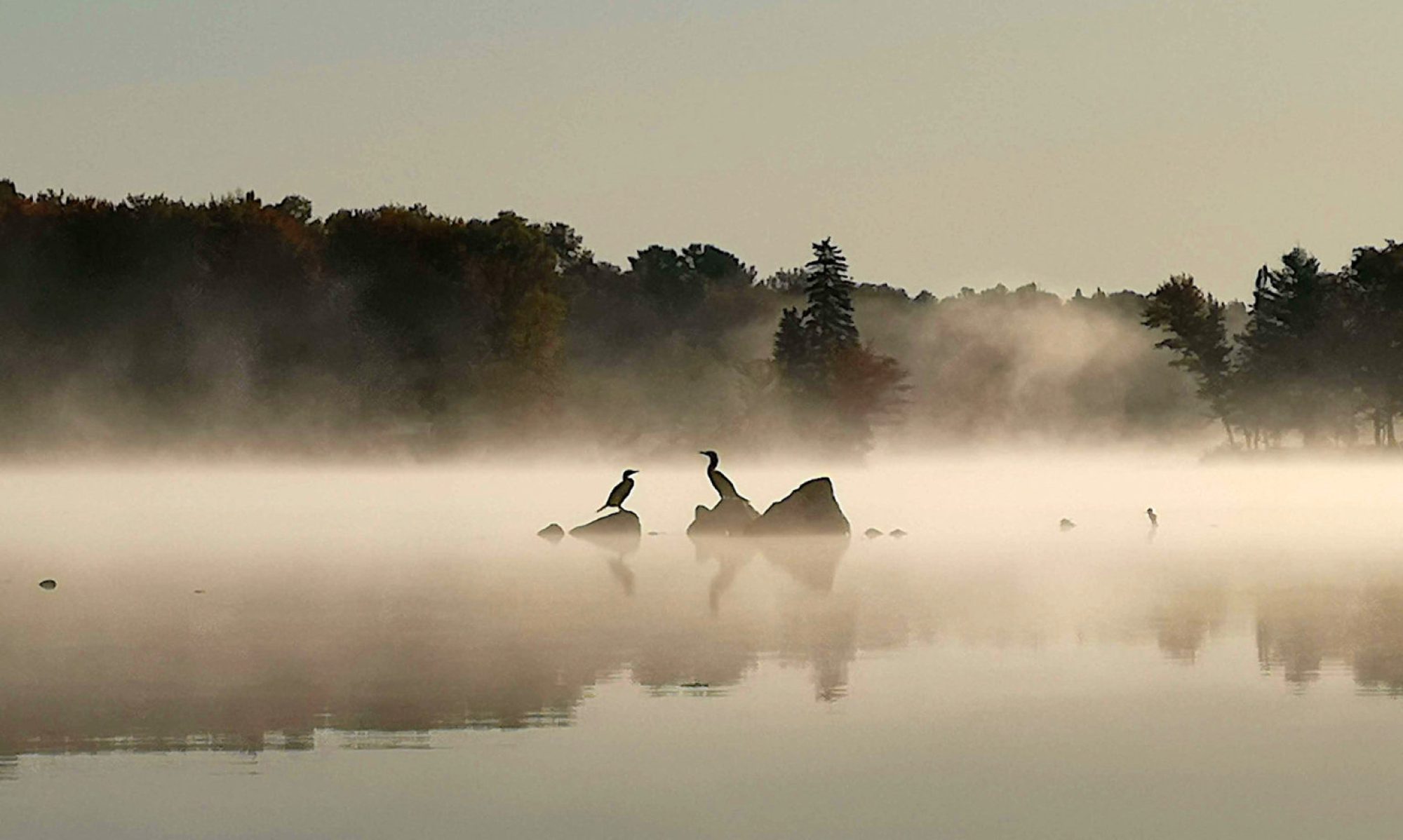It’s a classic small-town newspaper story: the big fire, with all the pumpers and ladder-trucks on the scene, the volunteer firefighters helping out, maybe even a building or two evacuated. Makes for great journalism of the old-fashioned kind (remind me to tell you about the time I spent two hours trying to find the small grass fire in London, Ont. caused by a downed airplane — good times). The California fires are much bigger than that, of course, but essentially the same type of story: Man against Nature.
Now, however, the Web is doing much of the legwork, as Danny notes in his roundup of fire coverage and Allan Stern notes as well. The best thing a news outlet could do in a situation like this one — apart from maybe sending one of its reporters down to command central — is to pull together the threads that are out there: the Google Maps mashups (like the LA Times has put together), the eyewitness photos on Flickr and videos on YouTube.
In addition to that, someone could aggregate all the different fire reports, the details of what is burning and where, the evacuation centres and their locations, photos of the key spots, and facts about the spread of previous fires. Oops — someone is already doing that. It’s a little place called Wikipedia, which is rapidly becoming a key place to go for news about such events.
Update:
My friend Paul Kedrosky wonders if this is the first Web 2.0 disaster — which it might be, but the fact that it occurred so close to the heart of Silicon Valley probably helps — and notes that one paper is using a blog to keep readers updated. And in my comments, Holly points to a post by Mark “Rizzn” Hopkins at Mashable, in which he has lots of links to Twittered news and other sources (and just for the record, I remember Nando and Angelfire too, Mark)
